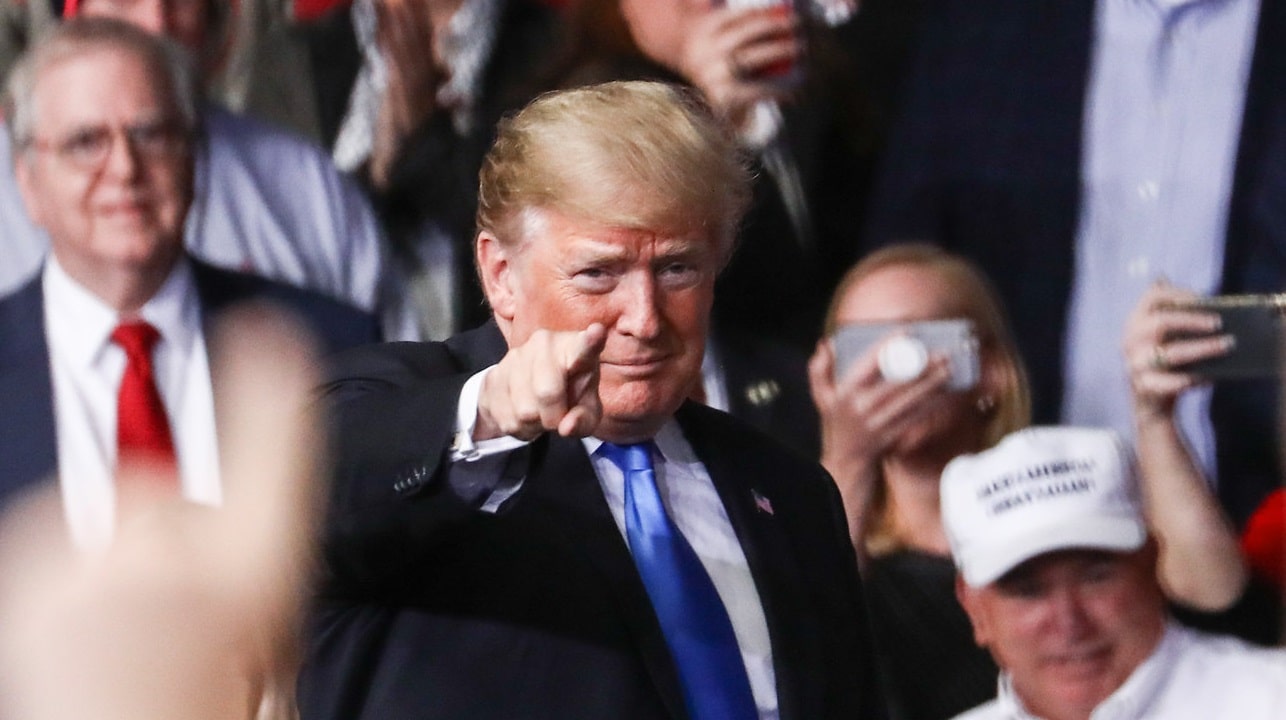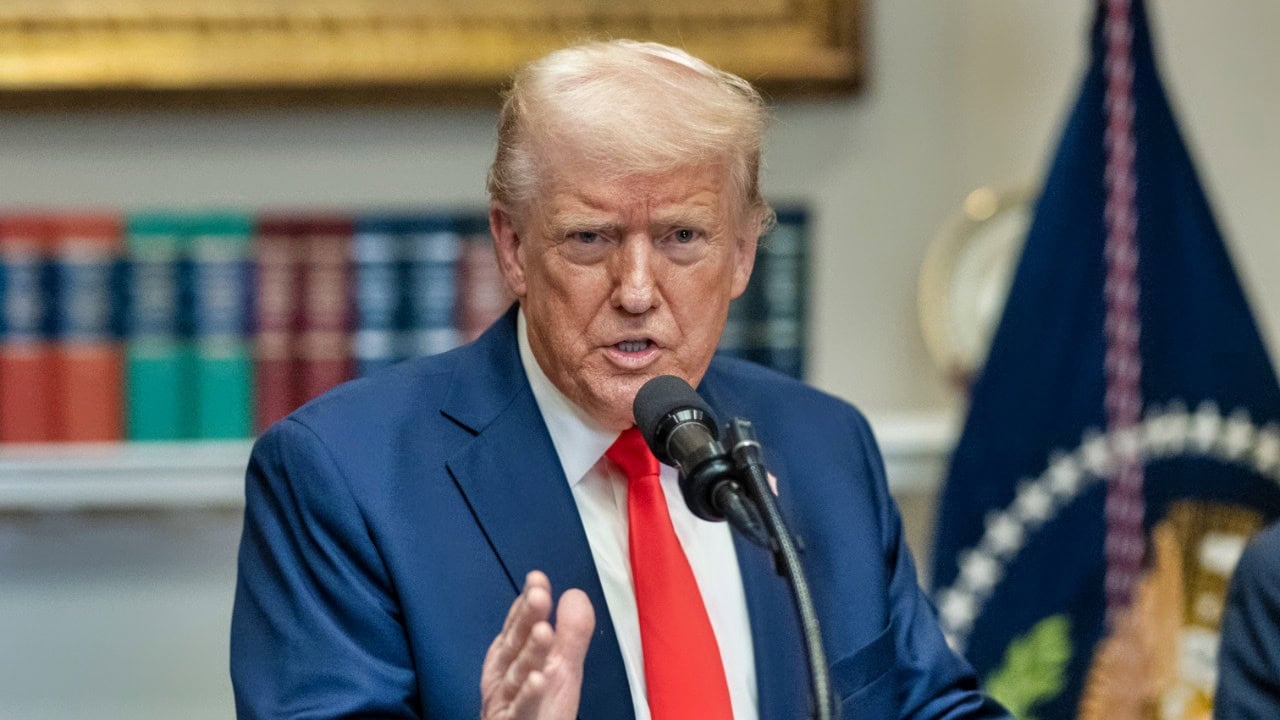Donald Trump’s New Tariffs Will Hurt – But Might Also Reset the Global Free-Trade Order: The Trump administration’s latest round of tariffs—announced earlier this week—will damage the United States’ economy and destabilize the global economic order in the short term.
That much is certain.
These are not strategic sanctions. They are not part of a coherent program of economic statecraft. They are economic nationalism reflecting little more than President Trump’s ill-informed and irrational economic instincts—a raw political reflex that in the short term will do little more than increase the cost of living for American citizens while provoking retaliatory measures from adversaries and allies alike.
Donald Trump and Those Tariffs: The Pros and Cons
But here’s the irony: over the longer term, these same economically irrational tariffs may inadvertently trigger a rethinking of the international trading system that restores—rather than destroys—the foundation of open markets. They won’t work as intended. They won’t raise serious revenue. And they won’t revive the American manufacturing base on their own. But they might, over time, provoke others into doing what U.S. policymakers have failed to do for years: build a modern and geopolitically realistic global trade framework.
First, let’s be clear about the damage.
These tariffs—hitting Chinese electric vehicles, European steel, and a range of clean tech components—will raise costs across the board. They will make inputs more expensive for U.S. manufacturers, worsen already strained supply chains, and increase consumer prices just as inflationary pressures begin to ease. The idea that tariffs somehow “make” money for the United States misunderstands how they actually work. They are not paid by foreigners. They are paid by importers, manufacturers, and consumers. They’re taxes with a nationalist paint job.
Donald Trump has occasionally claimed that tariff revenue could someday replace income or corporate taxes. This is economic fantasy. Tariff revenue might bring in tens of billions—not the trillions needed to run the modern U.S. state. It’s unserious accounting dressed up as populist talking points.
The international reaction has been swift and unsurprising. South Korea is reviewing retaliatory measures. EU officials are threatening WTO action. Beijing, as usual, will retaliate in asymmetric ways—likely by targeting specific U.S. firms or agricultural exporters. This kind of tit-for-tat escalation doesn’t just fragment global commerce—it corrodes the basic trust that underpins long-term supply chain planning. And for countries already wary of relying on either the U.S. or China, it accelerates their turn toward third-party trade blocs and regional deals.
But this is where the unintended consequences begin to unfold.
Despite their short-term destructiveness, Trump’s tariffs might inadvertently jumpstart a recalibration of the global trading system—a system that has, for more than a decade, been adrift. The post-Cold War fantasy that unfettered trade would generate peace, prosperity, and political liberalization collapsed a long time ago. China gamed the system. The United States offshored its industrial capacity. And Western governments pretended this was all somehow sustainable.
It wasn’t. And Trump—through sheer belligerence and economic ignorance—has torn off the mask.
His tariffs force the question no one in Washington has wanted to ask: If the old trading system no longer serves strategic stability, what comes next? Not because Trump has a vision—he doesn’t—but because his crude protectionism forces others to reckon with the void. It’s possible that, in responding to his trade war instincts, America’s economic partners will be jolted into defending what they once took for granted: the strategic and economic value of open, rules-based markets—not as moral imperatives, but as functional necessities in a fractured, multipolar world.
This doesn’t mean going back to the WTO model or pretending the 1990s never ended. That era is gone, and good riddance. But the foundations of open trade—reciprocity, transparency, predictability—still matter. Without them, the global economy becomes a game of constant hedging and coercion. The irony is that Trump’s tariffs, by making that world more visible, might prod others into building something better.
Already, signs of this are emerging. Japan and the EU are accelerating efforts to reduce dependency on Chinese raw materials. New bilateral and regional trade deals—focused on supply chain resilience rather than ideological purity—are gaining momentum. The idea that allies must trade primarily with each other, even at some cost, is no longer a niche view. It’s becoming orthodoxy.
None of this is happening because Trump got it right. It’s happening because he got it so spectacularly wrong that others are being forced to think more clearly.
Still, none of this absolves the economic cost. These tariffs will hurt American workers more than they help them. They will slow innovation by making advanced manufacturing inputs more expensive. And they will damage U.S. credibility as a stable and predictable economic partner. That matters—not because Washington is the guardian of some moral trade order, but because in the real world, trust and stability are strategic assets. Erode them too far, and allies begin to hedge. Supply chains shift. Investment dries up.
There is also a security dimension here that most pundits overlook.
Trade is not a sideshow to strategy. It is strategy. Access to markets, control over supply routes, and dominance of standards and technologies—these are the levers of geopolitical power in the twenty-first century. China understands this. That’s why it builds alternatives to Western-led institutions and exports its own digital and industrial standards through Belt and Road-like projects. The United States, by contrast, has spent the last decade trying to decouple trade from strategy—first by neglect, now by overcorrection.
What’s missing is a serious trade policy grounded in economic realism and geopolitical discipline. Tariffs can be tools—if used selectively, tactically, and in concert with allies. But Trump’s approach is none of these things. It’s a wrecking ball aimed at a house already on fire.
Trump and Rebuilds the Foundation of Global Trade?
Yet in destroying what remains of the old, Trump may inadvertently accelerate the construction of the new. Not because he intends to. Not because he understands the stakes. But because his protectionism makes the costs of inaction too obvious to ignore.

President Donald Trump at a Make America Great Again rally in Charlotte, N.C., Oct. 26, 2018. (Charlotte Cuthbertson/The Epoch)
In that sense, this week’s tariffs may mark not the death of global trade, but its strange rebirth—harder, narrower, more regional, but grounded in something more than naïve liberalism. Whether that’s a silver lining or just another irony of a world drifting out of balance is anyone’s guess.
But a few things are certain: tariffs won’t fund the government; they won’t revive 1950s industry; and they won’t win the next war. What they might do—as an unintended consequence—is wake the world up. And that, if it all works out in the long-run, might well be worth the short-term pain.
About the Author: Dr. Andrew Latham
Andrew Latham is a non-resident fellow at Defense Priorities and a professor of international relations and political theory at Macalester College in Saint Paul, MN. Andrew is now a Contributing Editor to 19FortyFive, where he writes a daily column. You can follow him on X: @aakatham.

